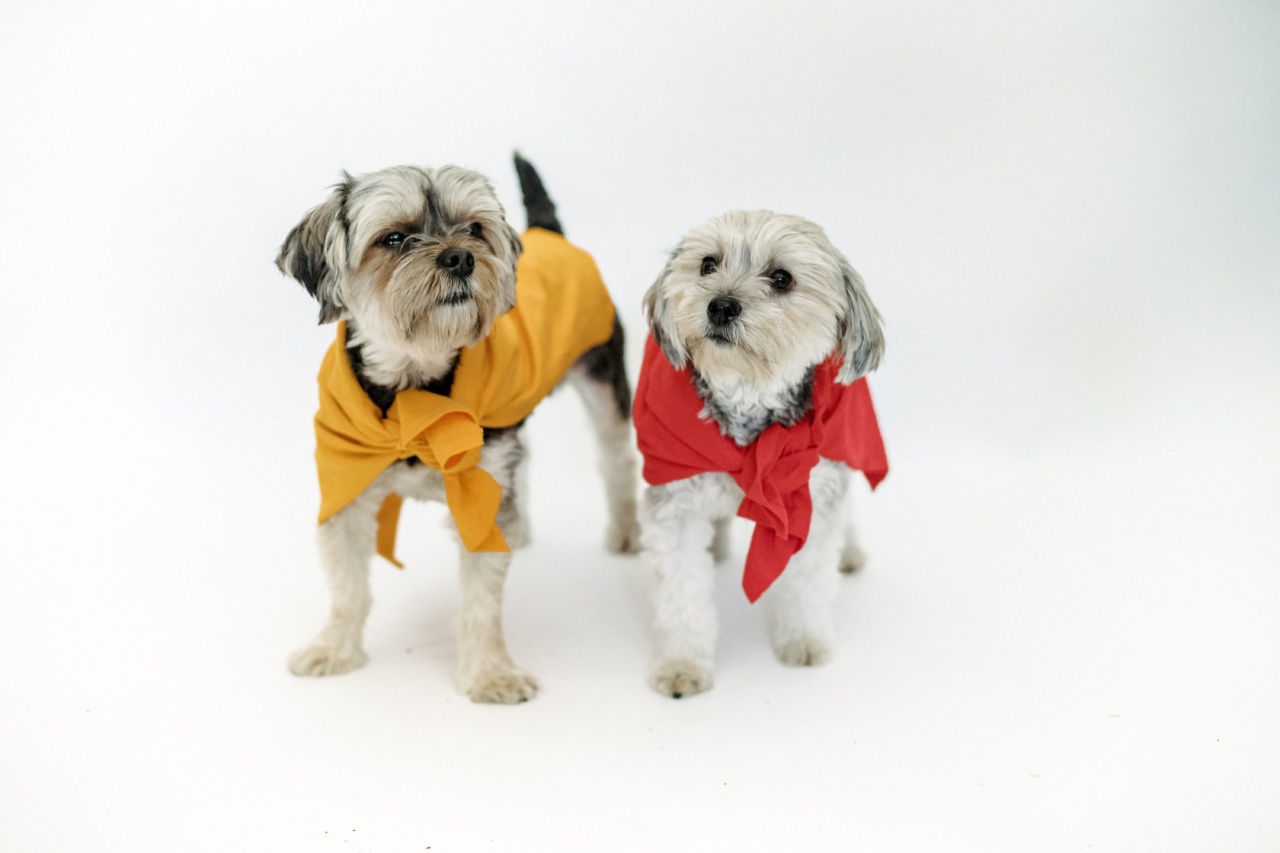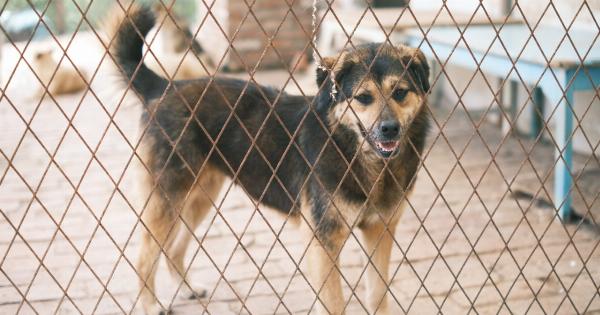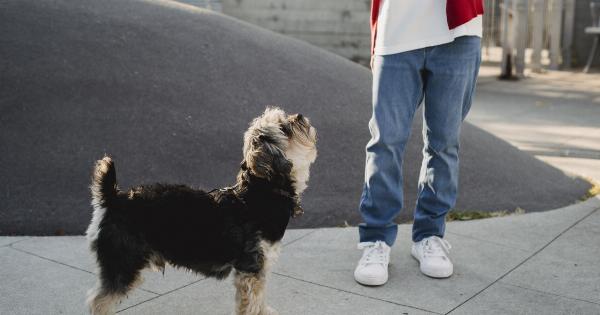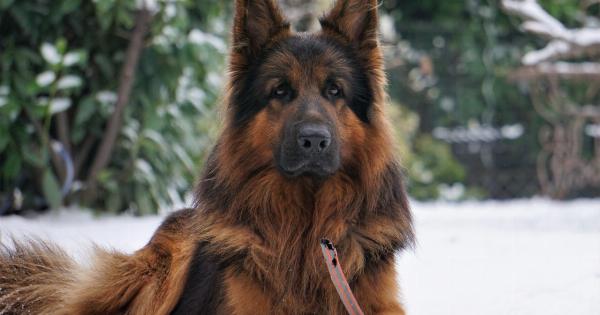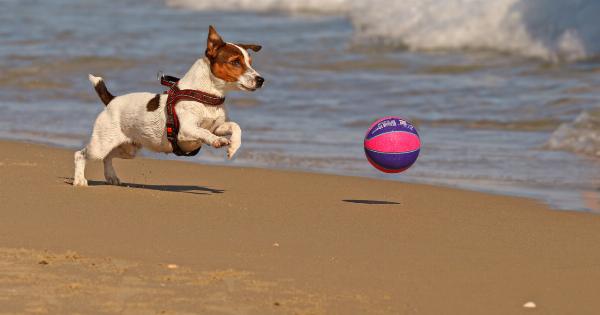The Alaskan Malamute is a captivating breed known for its incredible strength, endurance, and loyalty.
With a long history rooted in ancient sled-pulling traditions, these majestic dogs are deeply connected to their human families and excel in various activities. In this article, we will explore the unique characteristics, care requirements, training needs, and the fascinating history of the Alaskan Malamute breed.
A Brief History
The Alaskan Malamute can trace its origins back thousands of years to the indigenous people of Alaska, known as the Mahlemuts. These hardy dogs were primarily used for sledding, hauling heavy loads, and assisting in hunting expeditions.
The breed’s strength and endurance made them invaluable during the gold rush in the late 19th century.
They played a crucial role in transportation, delivering supplies to remote mining camps and helping to extract precious minerals from the frozen wilderness.
Distinctive Characteristics
Alaskan Malamutes are known for their powerful and sturdy build, designed to endure harsh Arctic conditions. Here are some key characteristics that set them apart:.
1. Size and Appearance
Alaskan Malamutes are large and imposing dogs, with males usually weighing between 85-100 pounds, and females between 75-90 pounds. They have a distinct wolf-like appearance, complete with a thick double coat to protect them from extreme cold.
2. Strong-Willed Temperament
These dogs are known for their strong-willed nature. They have a mind of their own and can be quite independent. Training should be consistent, patient, and firm to effectively channel their natural instincts.
Early socialization is crucial to ensure they grow up to be well-rounded companions.
3. Loyal and Affectionate
Alaskan Malamutes are incredibly loyal to their families and thrive on human companionship. They form deep bonds with their owners, often displaying a gentle and affectionate nature. This loyalty extends to their pack, making them excellent family dogs.
4. Excellent Working Dogs
Due to their strong work ethic and endurance, Alaskan Malamutes excel in various activities. They are frequently used for sledding, carting, weight pulling, and even therapy work.
Engaging them in tasks that tap into their innate abilities is essential for their physical and mental well-being.
Care and Training
Providing adequate care and training is crucial to ensure a healthy and happy Alaskan Malamute. Here are some tips:.
1. Exercise Requirements
Alaskan Malamutes are active dogs and require substantial daily exercise to fulfill their physical and mental needs. Long hikes, jogs, or engaging in dog sports such as obedience, agility, or tracking are great outlets for their energy.
Without proper exercise, they can become bored or frustrated, leading to behavioral problems.
2. Grooming Needs
The dense double coat of an Alaskan Malamute requires regular grooming to maintain its health and appearance. They shed heavily, especially during seasonal coat changes, and can benefit from regular brushing to minimize shedding.
Additionally, they should be bathed when necessary and have their nails trimmed regularly.
3. Mental Stimulation
These intelligent dogs thrive on mental stimulation. Interactive toys, puzzle games, and obedience training sessions are excellent ways to keep their minds engaged. Lack of mental stimulation can result in boredom, leading to destructive behavior.
4. Early Socialization and Obedience Training
Early socialization is vital for Alaskan Malamutes to grow into well-mannered dogs. Exposing them to a variety of people, animals, and environments at a young age helps prevent fear or aggression.
Consistent obedience training is also essential to establish boundaries and ensure the strong-willed nature of the breed is channeled appropriately.
Health Considerations
Alaskan Malamutes are generally healthy dogs, but like all breeds, they are prone to certain health conditions. Some common health concerns include:.
1. Hip Dysplasia
As a larger breed, hip dysplasia is a potential issue. It occurs when the hip joint doesn’t develop properly, leading to discomfort and mobility issues. Regular veterinary check-ups and proper nutrition can help mitigate the risk.
2. Progressive Retinal Atrophy (PRA)
PRA is an inherited eye condition that causes progressive vision loss, eventually leading to blindness. Regular eye examinations by a veterinarian can help identify any early signs of PRA.
3. Bloat
Bloat, or Gastric Dilatation-Volvulus (GDV), is a life-threatening condition that affects deep-chested breeds like the Alaskan Malamute. It occurs when the stomach twists, trapping gas and causing severe discomfort.
Feeding multiple smaller meals throughout the day and avoiding exercise immediately after meals can help reduce the risk of bloat.
Is an Alaskan Malamute Right for You?
The strong-willed and loyal nature of the Alaskan Malamute breed requires dedicated owners willing to provide proper care, exercise, and training.
If you are an active individual or family with an adventurous spirit and are committed to meeting the needs of this remarkable breed, an Alaskan Malamute can be an incredibly rewarding addition to your household.
Remember, responsible ownership is key to ensuring the well-being of any dog, so always consider adopting from reputable breeders or rescue organizations, and be prepared to provide a loving home for a lifetime.
